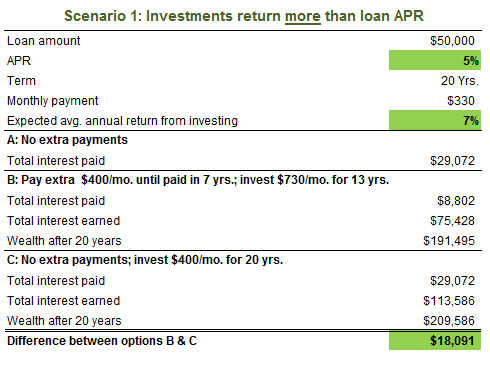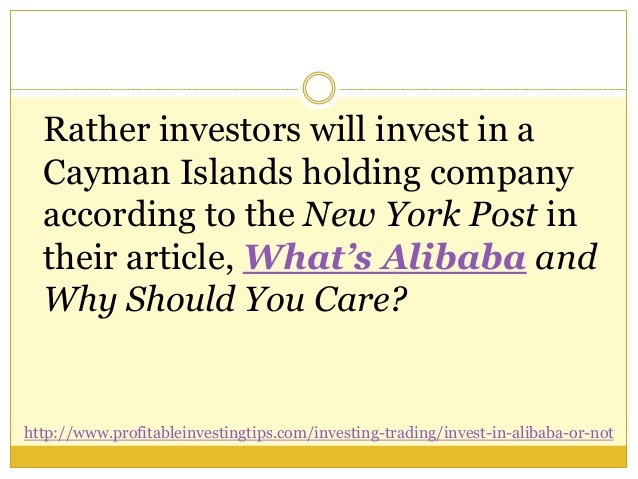Should You Invest in a Holding Company
Post on: 21 Июнь, 2015 No Comment

- Page Title:
- Page URL:
This page has been successfully added into your Bookmark.
101 followers
Follow
In simple words, holding companies are companies that hold other companies. In fact, most of the world’s most successful companies are holding companies, e.g. Berkshire Hathaway (BRK.A ).
With the recent pummeling of everything European, I have been keeping my eyes on a few companies. Out of these are a few holding companies and in this article I would like to touch upon one of them and make some comments on how I look at the situation.
A pure holding company is a company which does not have any operations or any active businesses and instead holds assets, i.e. things of value. To understand this situation better let us see how a holding company is created.
Let us that we decide to open a holding company called Gobbledygook Inc. After necessary legal proceedings, we issue 1m shares at $100 each and receive $100m in cash. With this cash we do the following
- We buy 1m stock of Pepsi at $60 each, for a cost of $60m.
- We buy bonds worth of $20m which yield 3% per year.
- We open a new company called Franchise LLC of which we are 100% holders. The company is going to open franchises of McD. We hire a new CEO and he is almost independent to run this business as he pleases. We give $10m to this business and the business takes $2m in debt from a bank and opens new franchises for McD.
- We keep $10m in cash.

So now, our holding company Gobbledygook has $60m of Pepsi stock, $20m in treasuries, $10m invested in Franchise LLC which has an additional $2m in debt and $10m in cash. The balance sheet of our company will show $102m in assets and $2m in debt.
Some holding companies never bother to open new businesses and just invest the money. According to the financial practices in many of the countries in the world, if the holding company holds less than 50% stake in a company then it is treated just as a stock holding. Otherwise, the liabilities, and assets are translated to the balance sheet of the holding company.
One of the benefits of the holding company model is that say our Franchise LLC went bankrupt, we will not go bankrupt. We will write off the $10m investment we made in Franchise LLC when we invested in it, and call it a day. Furthermore, we will still be able to use all the brands which were associated with the Franchise LLC.
Consider the situation in a real life scenario. Icon plc (ICON) holds many brand names. In a sense, it is a holding company. The brand is used by other companies to make products and sell them in the market. If the company which manufactures the products and is sued or for other reasons goes bankrupt, Icon will see no effect on its own business. It will write off any investment it has in the company which manufactures the products and will still keep the rights to the brand. In a way, Icon protected its brands and its business because of the holding structure. Many of the companies you know for example Procter & Gamble (PG), Pepsi (PEP), and Coco-Cola (KO) are holding companies in disguise.
Pargesa SA
Pargesa is a holding company whose shareholding structure is shown in the diagram below. All the companies below trade as a public companies and hence the net asset value of Pargesa can be calculated quite easily by looking at the individual stocks.
Following is the calculation of the net asset value of Pargesa on April 30, 2012.
The current share price of Pargesa is SFr 53.25. This is a 42% discount to the net asset value of SFr 78.63 per share. This is a substantial discount to the net asset value and offers a very good margin of safety. But before we run to buy the shares, we should do the following:
- One should look at the individual companies as investments by themselves. A holding company is as good as the investments it has made. You should ask yourself: do I want to own this set of businesses. We see that Total, Pernod Ricard and Lafarge together make 65% of the net asset value. I really like these companies and hence buying Pargesa might be a good thing for me.
- You should understand that in case of holding companies, the discount to Net Asset Value may take a long time to close. So, if you decide to invest, you need to be very patient.
- Another very important thing to do is to look at the management of the company. The importance of judging the management cannot be stressed enough. One needs to figure out why this holding company was created. Many times as in the case of Enron, the holding companies are created to hide debts or to make them profitable at the expense of the individual holding companies. Sometimes, the holding company will remain profitable even when the majority owned companies are suffering from losses. Sometimes, it is best to avoid complicated structures and shareholdings.
In case of Pergesa, research reveals some striking facts, which are as follows (from wikipedia)
- Pargesa is owned 54.3% by Parjointco, a company owned 50/50 by Agesca, a Dutch holding company and Power Financial Corporation, a subsidiary of the Canadian conglomerate Power Corporation of Canada.
- Agesca is owned 89.5% by Compagnie Nationale à Portefeuille, a Belgian holding controlled by Albert Frère, and 10.5% by the holding Frères Bourgeois, the holding company of Albert Frère and his family.
- Pargesa owns 50% of GBL, which itself is a publicly traded company.
You will agree that walking down this path of ownership is going to be very time consuming and figuring out the interplays more so. The more complicated things are, the more prone to error we are.
Even though the margin of safety is substantial, I do not understand why such a complicated structure has been created. Obviously, investing time to figure out the individual holding companies in the chain will help us unravel the cross-holdings a bit but I fear that I can use my time more productively (and more safely) by figuring out one company than a chain of 4 companies.
About the author:
I invest because I want to be free by the time I reach 40 years of age i.e. 2025. My investment style is to find a small number of bets with large margins of safety. I pay a lot of attention to management and their incentive. Ideally, I like to buy owner operator businesses. I am fortunate to have a strong inclination towards studying. I aid my financial understanding by extensive reading in psychology, economic, social sciences etc.














